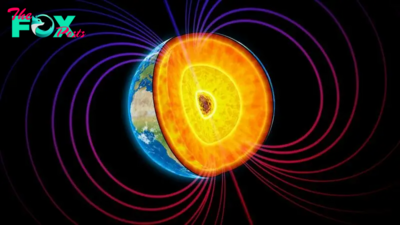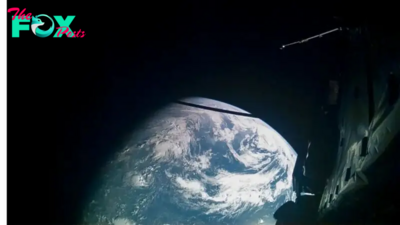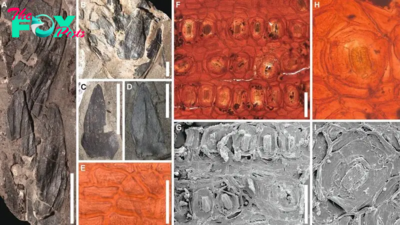Science
Astronomers discover the 1st-ever merging galaxy cores at cosmic dawn
Astronomers have spotted two active black holes merging at their farthest distance ever — just 900 million years after the Big Bang.
This is the first time that two luminous supermassive black holes have been spotted during cosmic dawn.
Cosmic dawn is the time encompassing the first billion years of the universe. During this period, roughly 400 million years after the Big Bang, the Epoch of Reionization began, in which light from nascent stars stripped hydrogen of their electrons, leading to a fundamental reshaping of galaxy structures.
"The existence of merging quasars in the Epoch of Reionization has been anticipated for a long time." study lead author Yoshiki Matsuoka, an astronomer at Ehime University in Japan, said in a statement. “It has now been confirmed for the first time.”
The researchers published their findings April 5 in the The Astrophysical Journal Letters.
Black holes are born from the collapse of giant stars and grow by ceaselessly gorging on gas, dust, stars and other other black holes in the star-forming galaxies that contain them. If they grow large enough, friction causes the material spiraling into the black holes' maws to heat up, and they transform into quasars — shedding their gaseous cocoons with blasts of light up to a trillion times more luminous than the brightest stars.
Related: 'Physics itself disappears': How theoretical physicist Thomas Hertog helped Stephen Hawking produce his final, most radical theory of everything
-

 Science10h ago
Science10h agoSimple trick could lower city temperatures 3.6 F, London study suggests
-

 Science1d ago
Science1d agoVan Gogh's 'Starry Night' contains surprisingly accurate physics — suggesting he understood the hidden 'dynamism of the sky'
-

 Science1d ago
Science1d agoEarth's outer core may hold a hidden 'doughnut'
-

 Science1d ago
Science1d agoRecord-breaking fires engulf South America, bringing black rain, green rivers and toxic air to the continent
-

 Science1d ago
Science1d agoCould we turn the sun into a gigantic telescope?
-

 Science1d ago
Science1d agoESA's JUICE spacecraft confirmed Earth is habitable. Here's why
-

 Science1d ago
Science1d agoIron winds and molten metal rains ravage a hellish hot Jupiter exoplanet
-

 Science2d ago
Science2d agoPolaris Dawn Returns to Earth After Historic Spacewalk



















